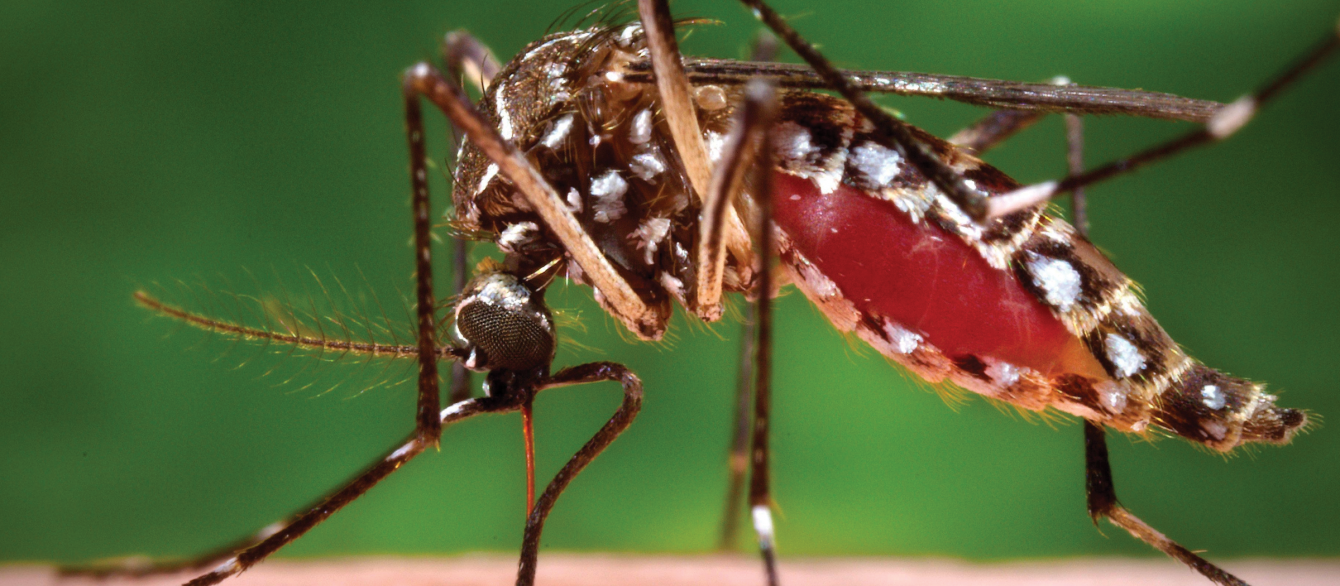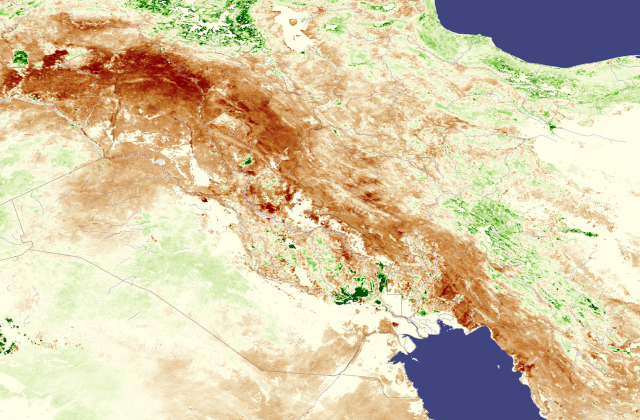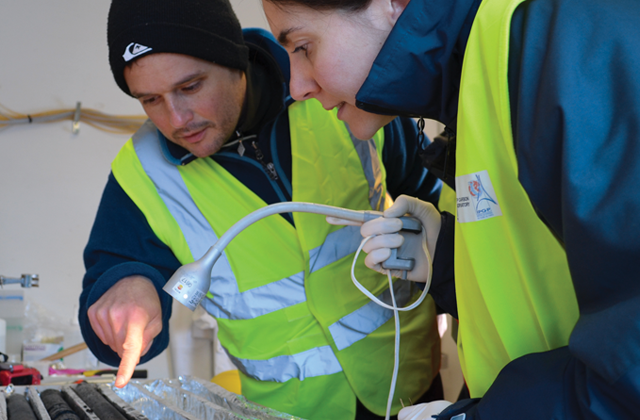How can climate scientists help the world better prepare for epidemics?

Many diseases are spread by parasites such as ticks and mosquitoes, whose populations vary greatly depending on climate. Columbia’s International Research Institute for Climate and Society is leveraging climate data, patterns, and trends to monitor and predict epidemics for better response and treatment.
Vector-borne diseases are illnesses spread by pathogens and parasites. Each year more than 1 billion cases and over 1 million deaths result worldwide from such diseases, which include malaria, dengue, Zika, and yellow fever. Temperature drives the rate at which parasites and pathogens develop, and rainfall often supports sites where parasites breed.
The World Health Organization (WHO) recently identified 14 climate-sensitive communicable diseases as candidates for climate-informed early warning systems. IRI is working with WHO as a Collaborating Centre on Early Warning Systems for Malaria and other Climate Sensitive Diseases. IRI works at the local levels, educating and training public health professionals on the relationship between climate and health. They are also developing tools to better monitor and predict disease epidemics.
“If you are down in the weeds as a malaria, dengue, or Zika control person, you are really largely dealing in the timeframe of climate variability,” said Madeleine Thomson, director of the IRI/PAHO-WHO Collaborating Centre. “…policy makers still need to be aware of what the longer-term trends might be so they can build the institutional capacity needed to respond effectively down the line.” Learn more.
Make Your Commitment Today





